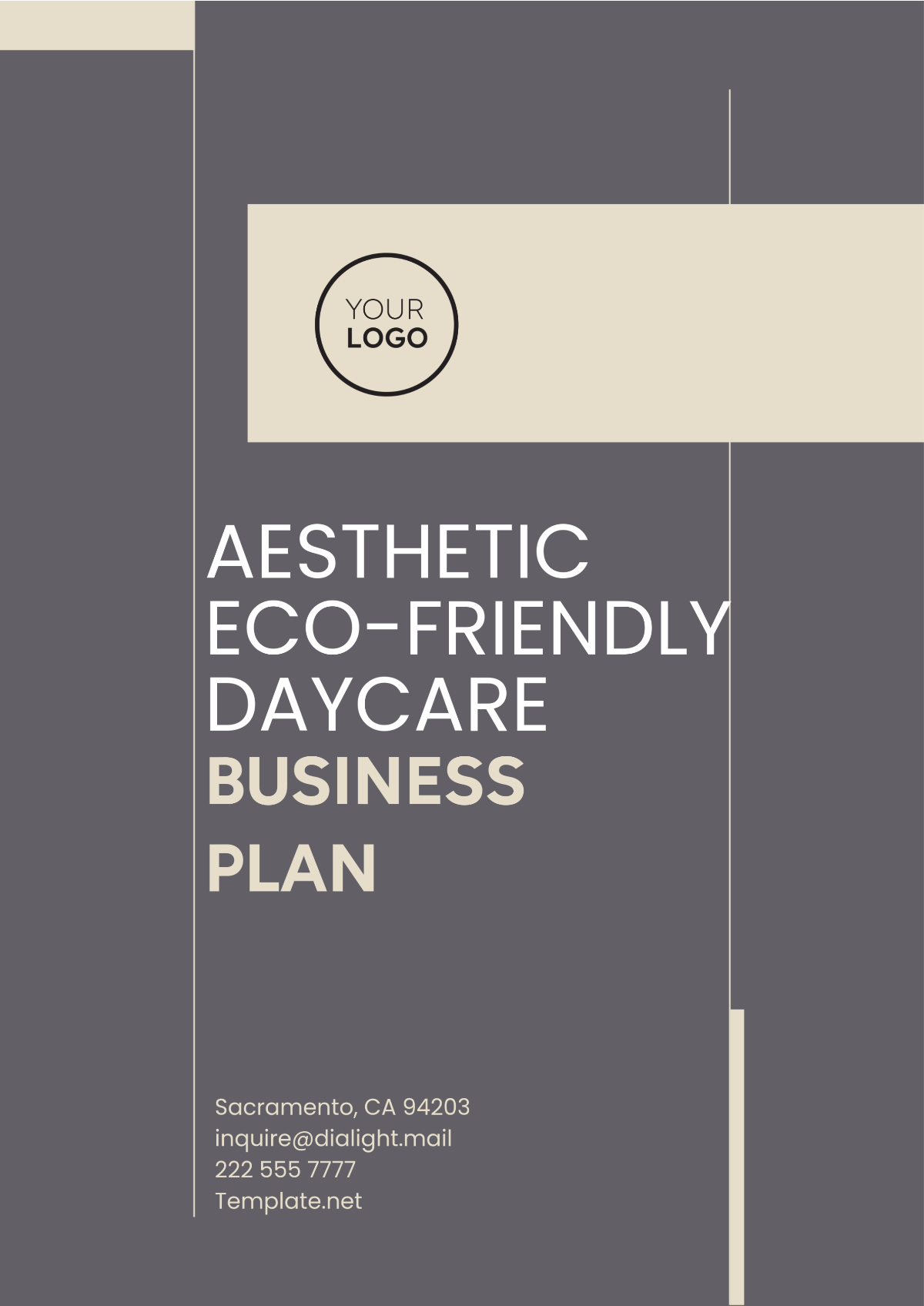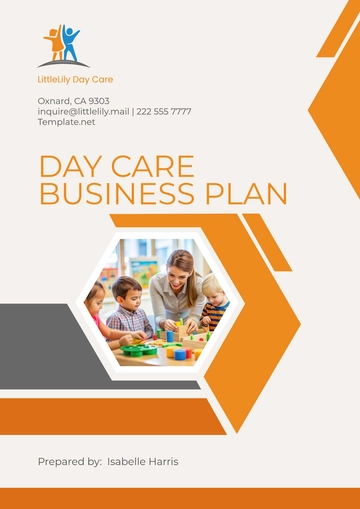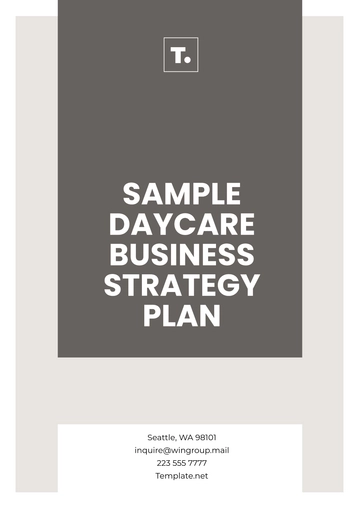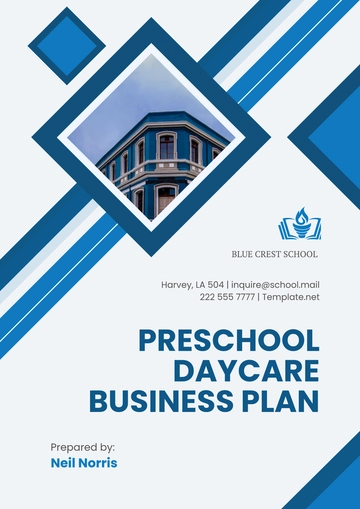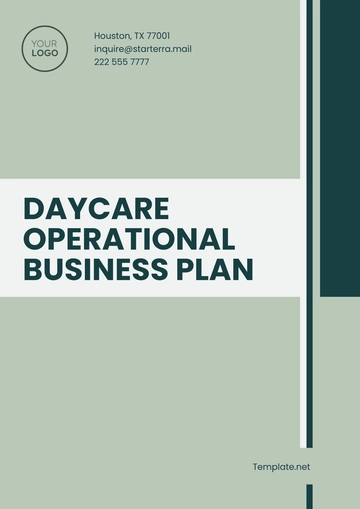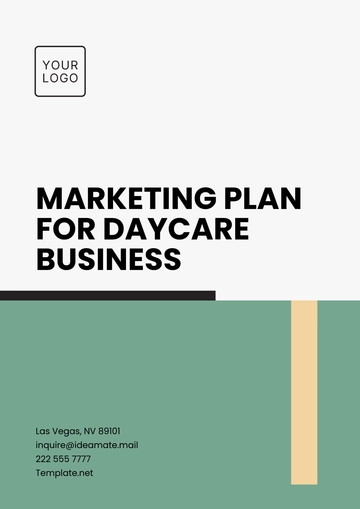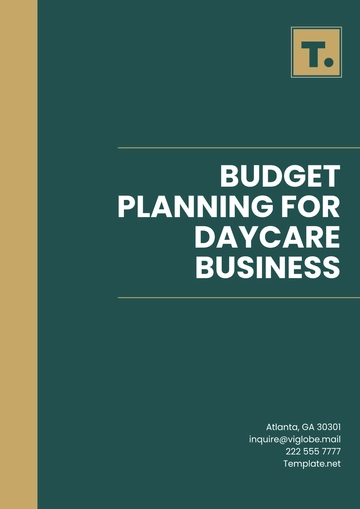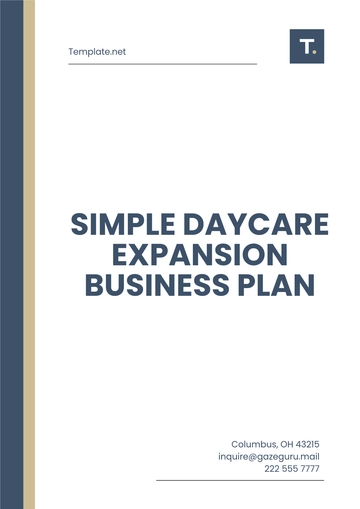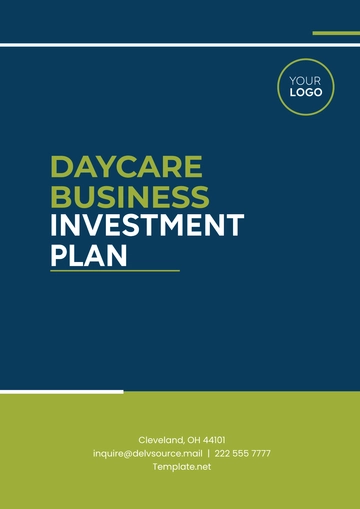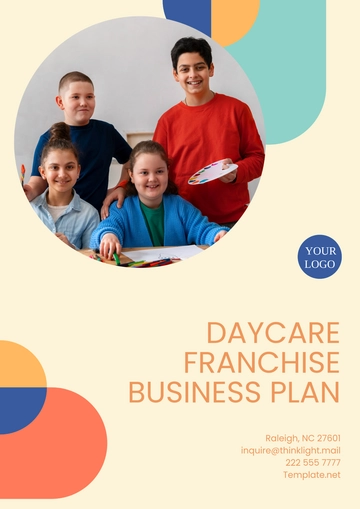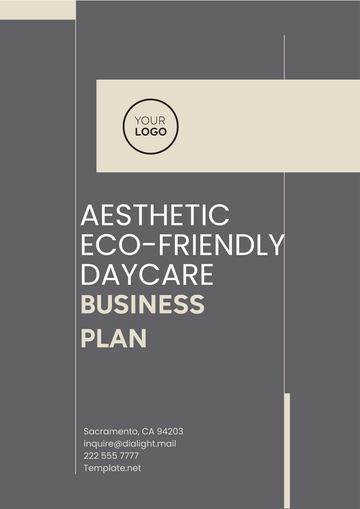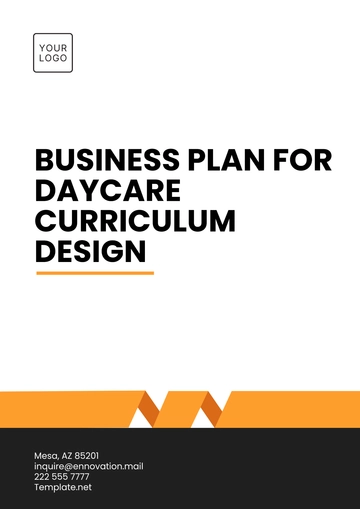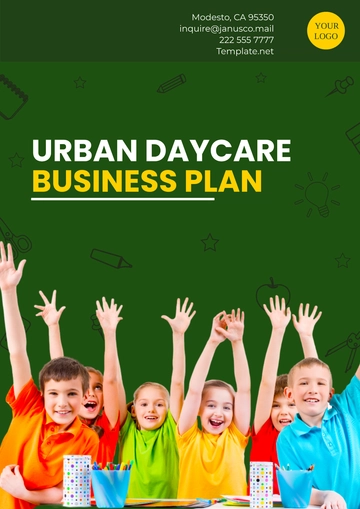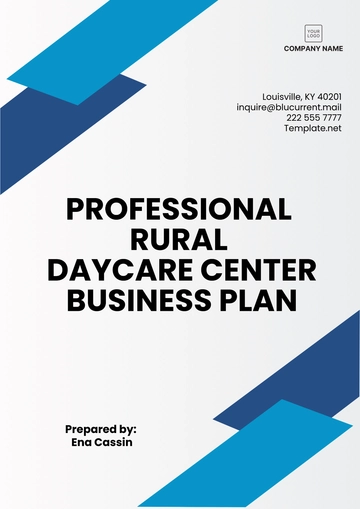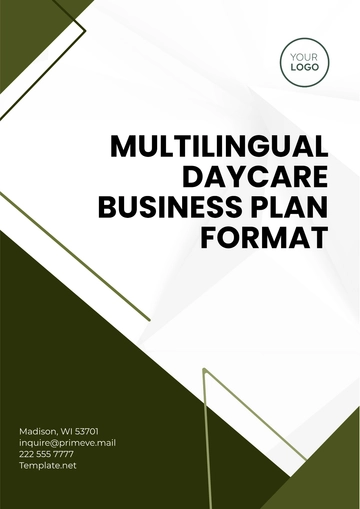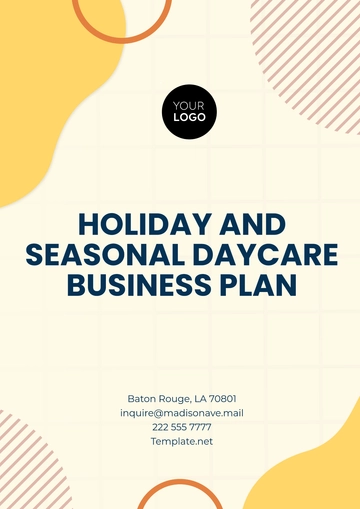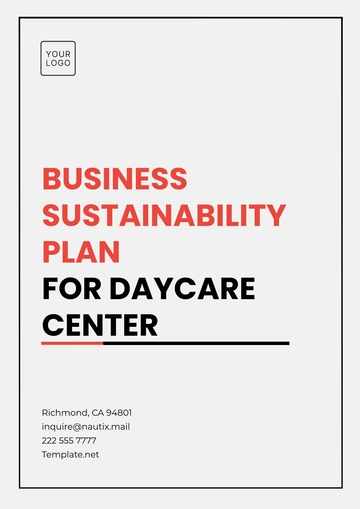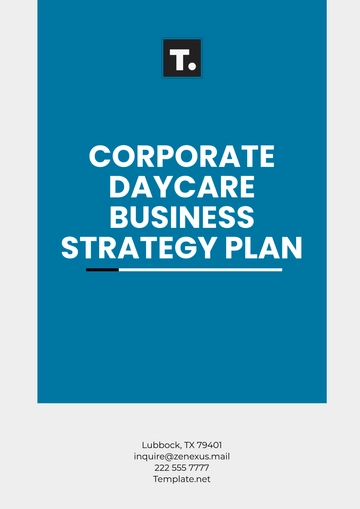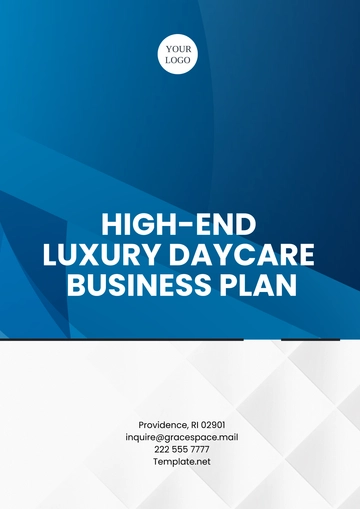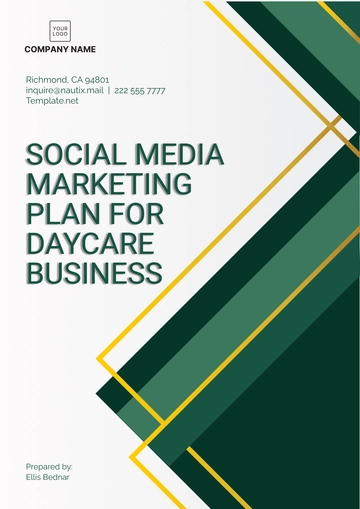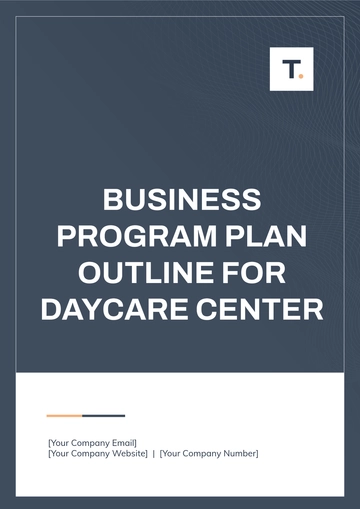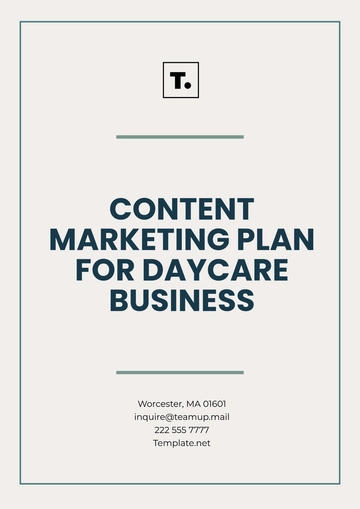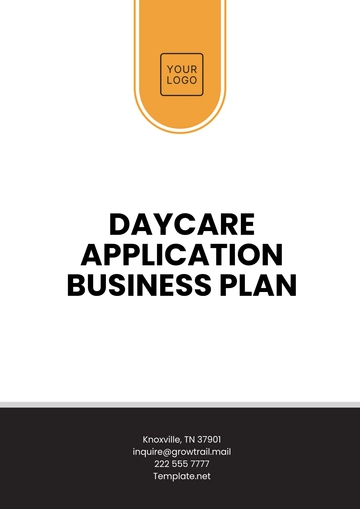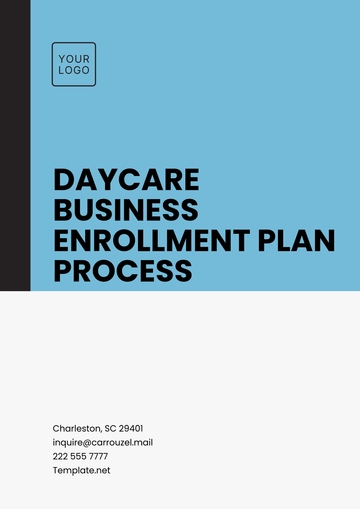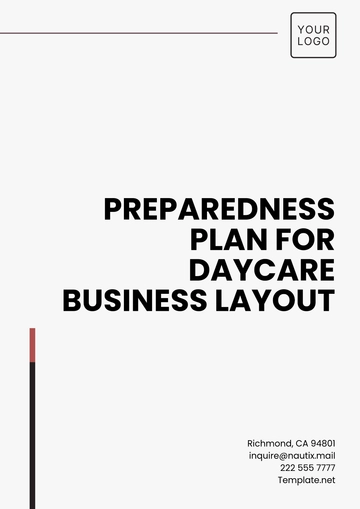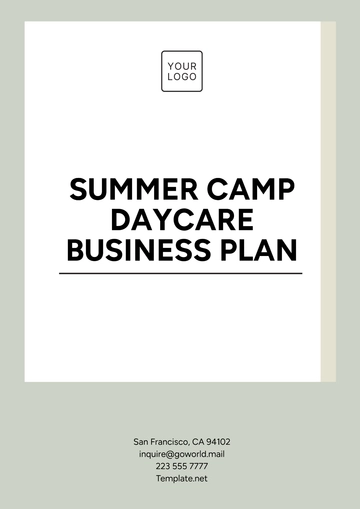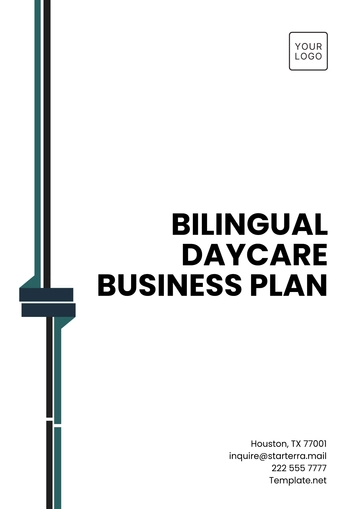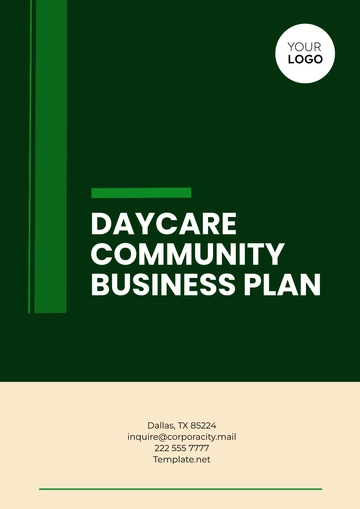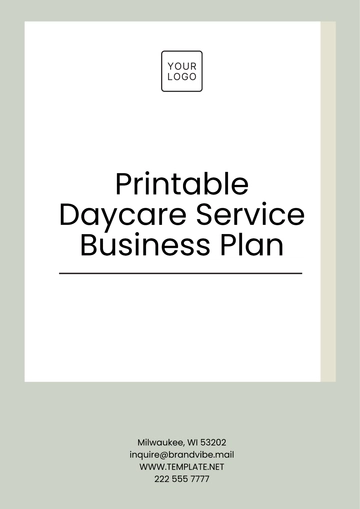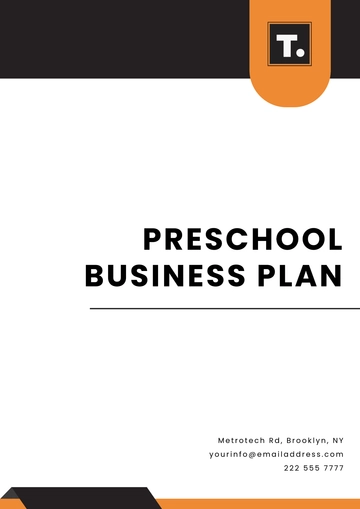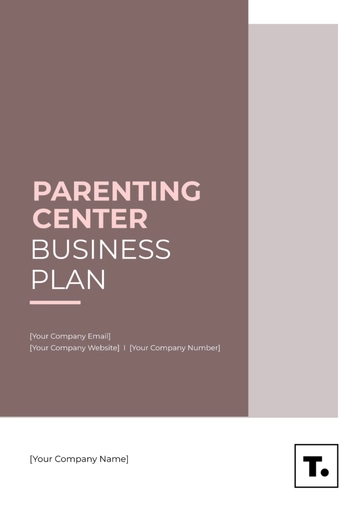Aesthetic Eco-Friendly Daycare Business Plan
Executive Summary
Business Name: [Your Company Name]
Business Model: Aesthetic Eco-Friendly Daycare
Location: [Your Company Name] is located in [Your Company Address], a bustling neighborhood known for its eco-conscious community.
Founder: [YOUR NAME]
Mission Statement: [Your Company Name] is dedicated to providing high-quality, environmentally sustainable childcare in a safe and aesthetically inspiring space. We aim to cultivate a new generation of eco-conscious individuals by offering a daycare experience rooted in nature, sustainability, and creativity. Our mission is to ensure children thrive in a sustainable environment that fosters their development, education, and love for the planet.
Business Description
[Your Company Name] is an innovative childcare center that serves children aged 1-5. Our daycare combines quality care with a commitment to environmental sustainability. Our services go beyond traditional childcare, focusing on teaching children about eco-friendly practices, environmental stewardship, and how to connect with nature.
Services Offered
Full-time and part-time daycare for children aged 1-5 years
Sustainable, eco-friendly materials, including organic toys and non-toxic art supplies
A green curriculum with sustainability-focused lessons
Locally sourced, organic meals prepared daily
Outdoor green spaces with organic gardens and nature play areas
Eco-friendly initiatives such as composting, gardening, and recycling programs
Market Analysis
Industry Overview
The global demand for eco-friendly businesses continues to rise, and the childcare industry is no exception. As awareness of environmental issues increases, parents are seeking daycare options that mirror their commitment to sustainability. Eco-friendly daycare providers like [Your Company Name] offer an alternative that meets both the practical needs of parents and their desire to raise their children in an environmentally conscious way.
Target Market
Eco-conscious parents: Families who prioritize sustainable living and seek daycare providers that align with their values.
Families with young children: Parents needing daycare for children aged 1-5 years who are interested in full-time or part-time services.
Local community: Families in the surrounding neighborhoods who value proximity to daycare with an eco-friendly approach.
Competitive Analysis
[Your Company Name] stands out in a competitive market by offering:
A unique blend of eco-conscious design and educational programming.
A calm, natural environment that encourages creativity and learning.
Strong community involvement with a focus on sustainability.
Operational Plan
Facility Design
[Your Company Name]’s design will emphasize sustainability, incorporating natural and recycled materials. Key features include:
Natural Light: Maximized use of windows and skylights to reduce reliance on artificial lighting.
Recycled and Upcycled Materials: Furniture and building materials such as reclaimed wood and non-toxic paints.
Energy-Efficient Systems: Solar panels and energy-efficient heating and cooling systems to minimize the daycare’s carbon footprint.
Indoor Plants: Greenery throughout the space will enhance air quality and create a calming, nature-inspired atmosphere.
Water Conservation: Rainwater harvesting and low-flow plumbing fixtures to minimize water usage.
Staffing and Management
Director/Owner: Responsible for the overall operations, program development, and management of the daycare.
Educators: Trained and passionate early childhood educators who integrate sustainability into everyday teaching practices.
Support Staff: Kitchen staff to prepare organic meals, maintenance staff to ensure eco-friendly operations and administrative staff to handle enrollment and communications.
Eco-Friendly Operations
Sustainable Cleaning: The daycare will use only non-toxic, biodegradable cleaning products.
Waste Reduction: A zero-waste approach, including composting organic waste and recycling materials.
Energy Conservation: Energy-efficient appliances, solar energy, and sustainable building designs will minimize resource consumption.
Curriculum
[Your Company Name]’s curriculum will focus on environmental awareness and sustainability. Key elements include:
Nature Exploration: Outdoor activities such as nature walks and gardening will foster a connection with the environment.
Eco-Friendly Education: Lessons on recycling, composting, and energy conservation.
Creative Arts: Projects using eco-friendly materials to inspire children’s creativity.
Gardening: Children will learn the basics of growing food and taking care of plants.
Marketing and Sales Strategy
Marketing Approach
Website & Social Media: A user-friendly website will showcase the daycare's eco-friendly values, while social media will engage families with green living tips and updates.
Local Partnerships: Collaborations with sustainable businesses and eco-conscious organizations will promote the daycare through joint events and promotions.
Community Engagement: Eco-friendly workshops and open house events will build connections with local families.
Referral Program: Incentives will be offered to parents who refer new families to the daycare.
Sales Strategy
Open Houses: Regular events will allow potential clients to tour the facility and meet the staff.
Enrollment Discounts: Discounted tuition will be offered to families who commit to long-term enrollment.
Partnerships with Local Businesses: Discounts will be provided to families who engage with eco-friendly stores or activities in the community.
Financial Plan
Start-Up Costs
Facility Renovation: $45,000 for building modifications and eco-friendly installations.
Furniture and Equipment: $15,000 for eco-friendly furniture, educational tools, and learning materials.
Eco-Friendly Materials: $10,000 for sustainable toys, organic cleaning supplies, and other materials.
Marketing and Branding: $7,000 for website design, social media marketing, and local advertisements.
Licensing and Permits: $3,000 for legal and regulatory compliance.
Revenue Projections
Monthly Tuition: $1,200 per child for full-time enrollment, $800 for part-time enrollment.
Projected Enrollment: 30 children in the first year, growing to 50 within the first 24 months.
Projected Monthly Revenue: $36,000 (30 children) with potential growth to $60,000 as enrollment increases.
Funding Requirements
[Your Company Name] is seeking $100,000 in investment to cover start-up costs, including facility renovation, eco-friendly materials, and initial marketing campaigns.
Break-Even Analysis
[Your Company Name] is expected to break break-even within 12-18 months, depending on enrollment growth and market conditions.
Conclusion
[Your Company Name] offers a unique opportunity for parents seeking high-quality childcare that aligns with their eco-conscious values. With a commitment to sustainability, an aesthetically pleasing environment, and an innovative curriculum, the daycare is poised to lead the way in environmentally sustainable daycare services. This business plan outlines a roadmap for success, presenting a model that is both profitable and socially responsible. The daycare will create a lasting positive impact on children, families, and the community by fostering eco-conscious values from an early age.
Business Plan Templates @ Template.net
